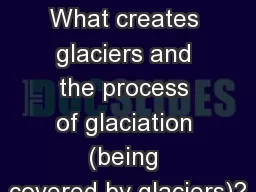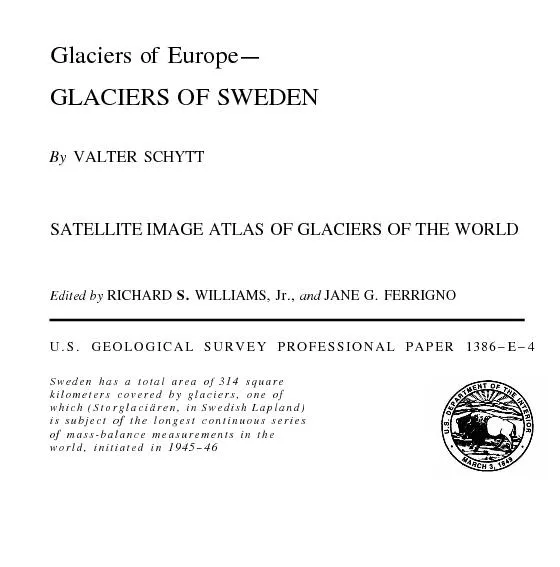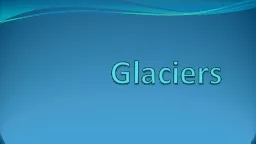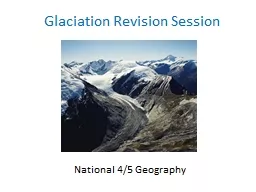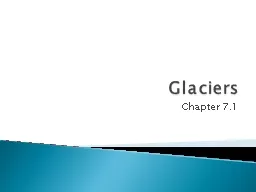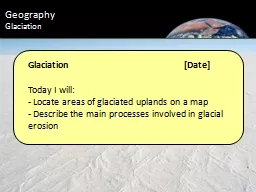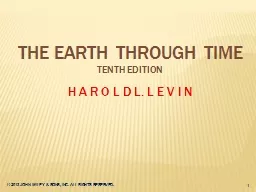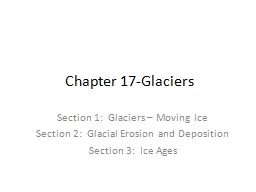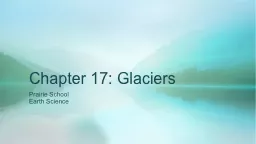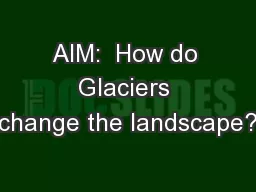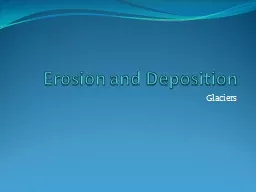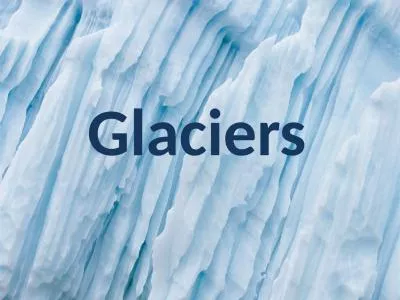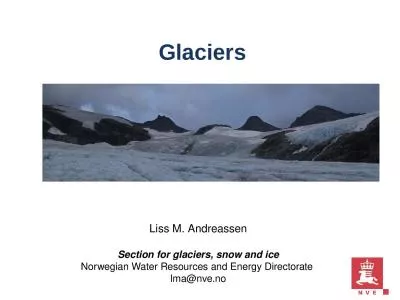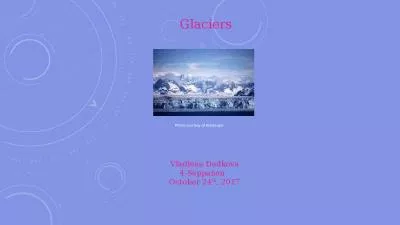PPT-Glaciation What creates glaciers and the process of glaciation (being covered by glaciers)?
Author : alida-meadow | Published Date : 2018-03-11
Sunlight or lack of Insolation The quantity and intensity of solar radiation upon an object In this case the Earths surface Assuming the output of energy is constant
Presentation Embed Code
Download Presentation
Download Presentation The PPT/PDF document "Glaciation What creates glaciers and the..." is the property of its rightful owner. Permission is granted to download and print the materials on this website for personal, non-commercial use only, and to display it on your personal computer provided you do not modify the materials and that you retain all copyright notices contained in the materials. By downloading content from our website, you accept the terms of this agreement.
Glaciation What creates glaciers and the process of glaciation (being covered by glaciers)?: Transcript
Download Rules Of Document
"Glaciation What creates glaciers and the process of glaciation (being covered by glaciers)?"The content belongs to its owner. You may download and print it for personal use, without modification, and keep all copyright notices. By downloading, you agree to these terms.
Related Documents

